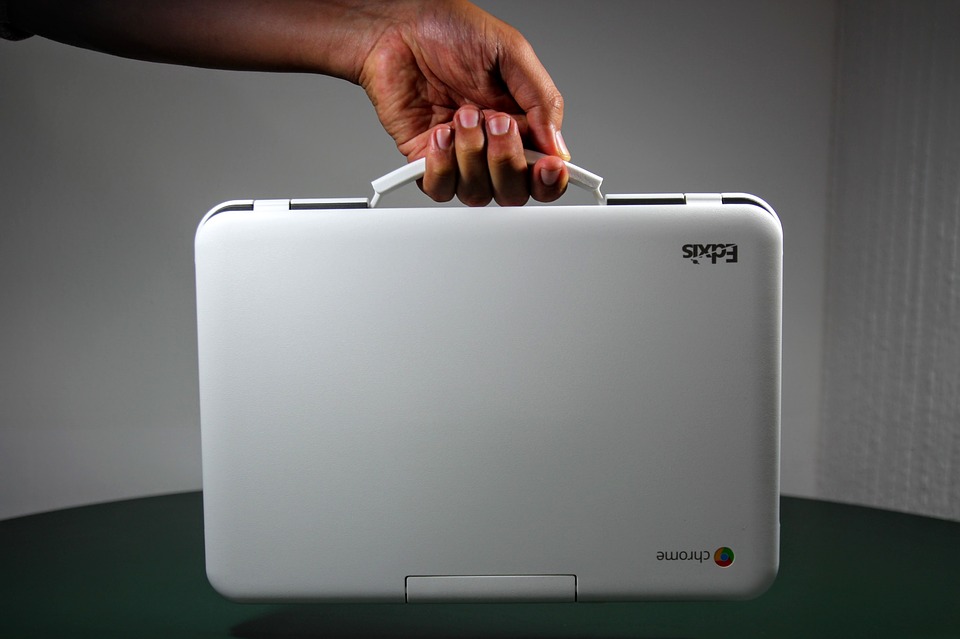Chromebooks have emerged as the saviour for many who want to do basic computing tasks but does not want to spend a fortune on Windows-based laptops or Macs. The Chromebooks have dominated the affordable laptop segment around the world and it has been used in various fields of education and more.
For those who are not aware, Chromebook does not run on Windows, they are preloaded with ChromeOS, which is developed by Google. The whole user interface is said to be simple to use, efficient and low maintenance. This coupled with the fact that one can download and install all the Android apps on the Chromebook further makes it an interesting option. However, there are things that Chromebooks are still not able to achieve. In this article, we will discuss the top 10 things you cannot do on a Chromebook.
Gaming
Most of the Chromebooks are affordable in nature, meaning that it comes with limited hardware specs. This is the main reason why one can play games on Chromebook. Some mid-range Chromebooks come with decent hardware, which allows users to play some Android games on its platform. However, with most of the Chromebooks gaming is not one of the things that you can do.
Multi-tasking
Multi-tasking is another area Chromebook cannot beat Windows or Macs. Both the operating systems are designed to handle heavy multitasking in mind, but with Chromebook, it is a bit difficult task. On ChromeOS, with multiple windows opened up on the screen, it becomes a tedious task to multitask as the interface is not that great, to be honest.
Video Editing
With Windows and Macs, video editing is a breeze even if you try its in-built tools. However, with the Chromebooks, this is not the case as most of them come with limited hardware specs and video renders or editing is almost next to possible on it.
Use Photoshop
One cannot simply use Abode Photoshop on Chromebooks. So, if you are editing some photos, then you need to solely rely on online photo-editing applications like Pixlr, online version of Photoshop Express Editor and others.
Lack of customization
Windows and Mac operating systems allows you to customise and modify to the last Pixel if you need. Both the operating systems provide with a plethora of options to customise your laptop or PC according to your own need. This coupled with the availability of other third-party apps, one can change the entire look and feel of the interface. Sadly, this is not the case with ChromeOS. Most of the Chromebooks do offer such granular level of customisation, though you can the background of your desktop.
Organising files
Organising files is again quite difficult with Chromebooks as compared to Windows and macOS machines. With Chromebooks, you cannot simply organise the files into folders and subfolders as you can do it with Windows or Macs. This is primarily because Chromebooks uses Google Drive or other online Cloud Storage platforms for fulfilling the storage needs.
You can only do little without an internet connection
One of the major drawbacks with Chromebooks is that it becomes almost useless when you don’t have an internet connection. Most of the apps and extensions cannot work without an active internet connection. However, some apps like Google Docs and more can be used while in the offline mode, but the features are limited in offline mode. So, if you really need to be productive, you require an internet connection while using Chromebooks.
Lack of proper storage
Another limitation of Chromebooks is that it comes with limited storage options. Most of the Chromebooks offers around 32GB of internal storage, which is even less than a smartphone. So, if you buy a Chromebook then forget to carry all your favourite library with you while travelling.
Lack of support for third-party apps
Apps are quite limited for Chromebook. Although you can access some of the apps from its App store, third-party apps are not widely developed for Chromebook as we have seen with Windows. So, if you are a professional and use customised software, then a Chromebook does not make any sense to you.
Not great viewing experience
It is a true fact that most of the Chromebooks come with a small screen and low-resolution display. Although this increases the battery life, it takes a toll on the display. Images and videos are not as sharp as seen on Windows laptops, which offer a range of display sizes. Furthermore, in order to get a good display on a Chromebook, you need to go the premium range.


